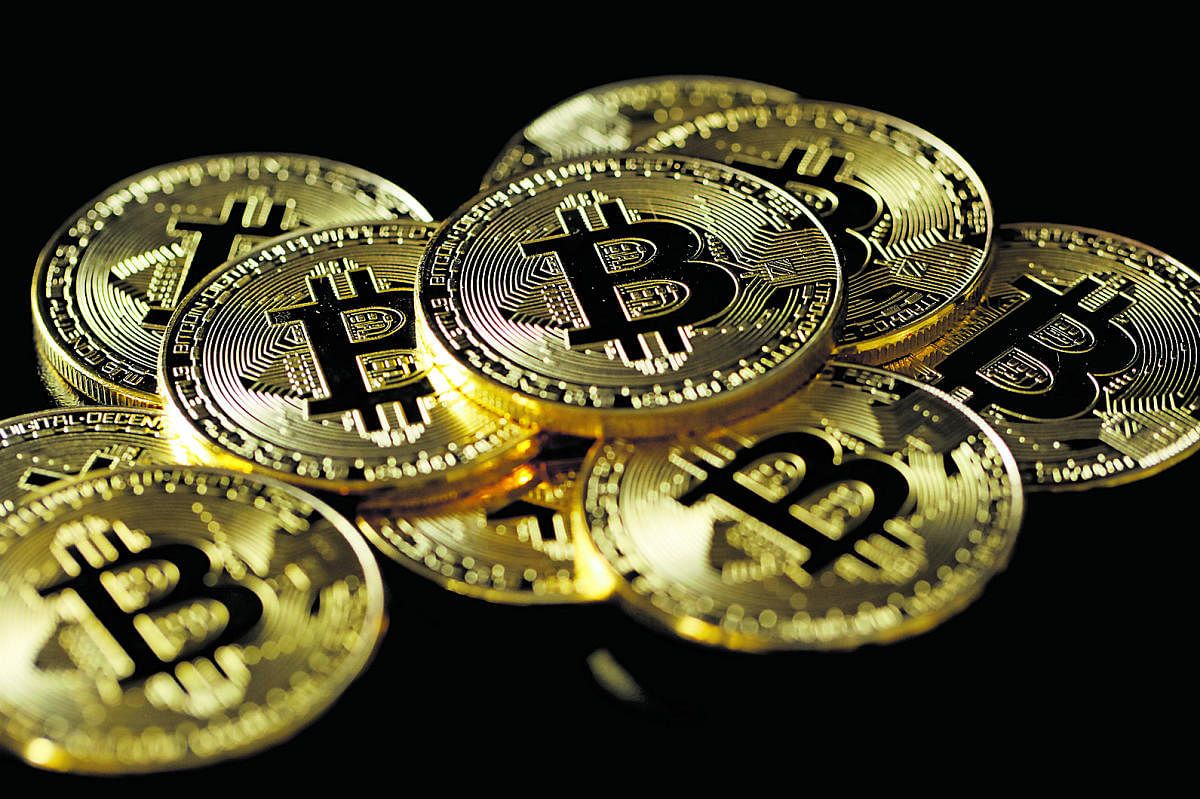
Everybody is casually conversant with ‘blockchains’ today, though few understand it, not unlike the Theory of Relativity. But just as we understand little of the engine under the hood but drive nevertheless, we don’t have to crack open blockchain technology to use it. Understanding its potential applications helps, however.
Blockchain’s first application came from the world of crypto currency, more specifically the bitcoin. However, the potential for wider application of blockchain technology is already recognised globally.
So, what is blockchain technology? For the uninitiated, it is an indelible electronic ledger of a series of recorded transactions. The best analogy is, perhaps, a spreadsheet of transactions, duplicated a thousand times across a vast network of computers. While an excel spreadsheet is a static database uniquely residing on a computer accessible to a single user on the computer, a blockchain is a shared network of spreadsheets simultaneously available to all, updated every 10 minutes (limited only by the cost of super-computational power), ensuring the highest degree of accountability and validity of all transactions to practically 100% accuracy, leaving little scope for manipulation, errors and obfuscations of transactions.
The most robust features of blockchain technology are that it cannot be controlled by any single entity and it has no single point of failure, as it inhabits a vast network of computers simultaneously. It is precisely these two features that have given a legitimacy of sorts to bitcoins.
What makes blockchain a powerful and popular invention are the twin elements of transparency and cryptography, with potential for application wherever there is a trust-deficit — tailor-made for India, one would think! The buzz is, just as there are apps for everything today, there will be blockchains for ‘everything’ tomorrow. But here at home, our blockchain train is still boarding at the station, never mind that we are supposedly an IT superpower.
There is enormous potential for blockchain technology in combating corruption and the onus to put it to use falls upon the government, which is by far our largest service provider. Incidentally, at the time of writing these lines, Maldova, the poorest nation in Europe, was mulling over the development of an ‘identity management system’ on a blockchain platform to curb rampant child-trafficking. The idea is to store and use paperless identification documents based on facial identification or other biometric data of children on blockchain, making the data nearly impossible to fake.
Here are a few possibilities representing the tip of the iceberg: electoral funding, land registration and title records; major bank transactions; car registration, driving licences, driving misdemeanours and vehicular insurance; passport verification; electricity leakages; distribution of benefits to the underprivileged; healthcare; rental agreements, and so on.
However, while there is much talk of blockchain being an integral part of corporate strategies in India, there is little action on the ground, save a handful of banks claiming some limited application in the field of vendor financing and international trade finance. Our industry and academia alike need to devote more resources in developing the applications of this technology. A rash of PhD dissertations could be initiated in the field — the sooner the better.
Even as we identify areas of application, we should scale up our software ingenuity and IT prowess to bear on the twin concerns of scalability and privacy, which are perhaps the most important concerns inhibiting the spread of blockchain technology.
Scalability is a serious challenge. Currently, blockchains process anywhere between three and 20 transactions per second, which is several orders of magnitude slower than the processing power required to run mainstream payment systems, financial markets and zillions of standalone systems, leave alone global micropayment platforms.
The other big concern is privacy. We see giant global companies monitor, store, analyse and exploit personal and institutional data relating to our habits, trends, locations, activities and preferences in a systematic manner. In fact, there is an entire emerging sector of corporates dedicated to collating, organising and reselling our data. We are also familiar with security issues with the internet. So, the question arises, are blockchains secure?
Attractive as blockchain’s advantages may be, corporates and individuals are typically bound to shy away from broadcasting all their privileged information onto a public platform which can be accessed without restrictions by anybody, including one’s own government, other governments, business competitors, families and co-workers. Moreover, technology has made it easier to link back data to an individual, even if they opt out of social media entirely, through such enabling technologies as facial recognition or other biometric parameters applicable widely in commerce and security.
However, the good news is that blockchain technology potentially protects privacy as it can store private information and release data as and when an individual needs it for various services. Blockchains also provide security in other ways. For one, while the transactional information on blockchains may be in the public domain, the parties concerned remain largely anonymous as they transact under pseudo-identities or addresses so that even as one can see the volume, time and relevant addresses of transactions, one does not have access to an individual’s private information. This is typically achieved through having cryptography lend a layer of obfuscation to turn any programme into a “black box” such that the programme retains the “internal logic” and results, without revealing the programme details, except when, say, legally or constitutionally so required.
The second level of security comes from the deployment of private and public keys in blockchains, which are typically enormous integers that are unique to an individual with negligible chance of being hacked, without expending horrendously large costs.
In short, while much works remains to be done on transparency and privacy concerns, it is time our blockchain train stopped letting off steam and moved.
--
(Raghunathan is an academic and author)